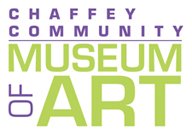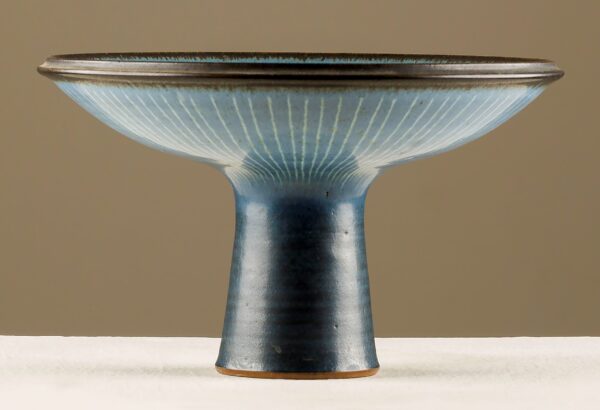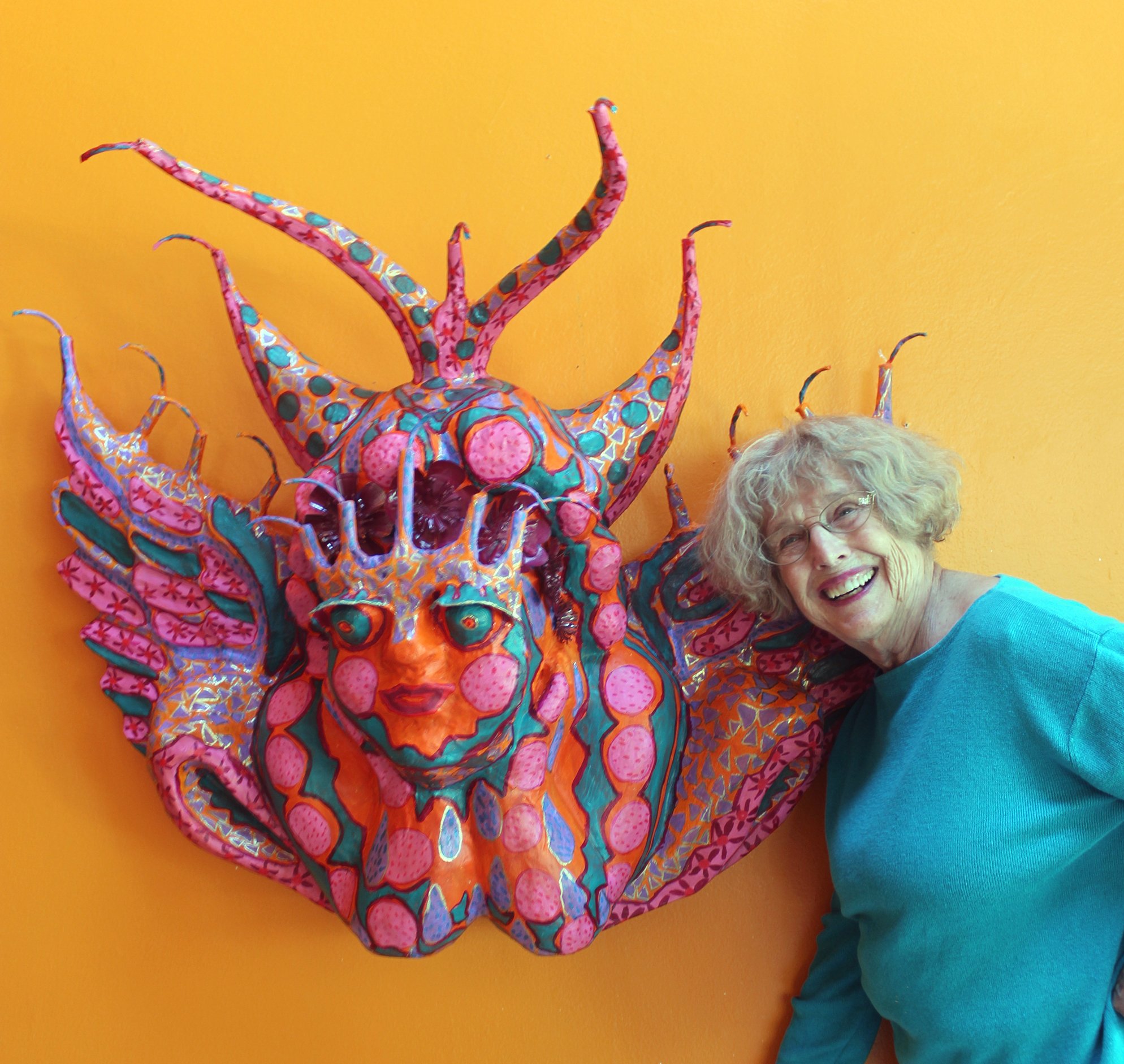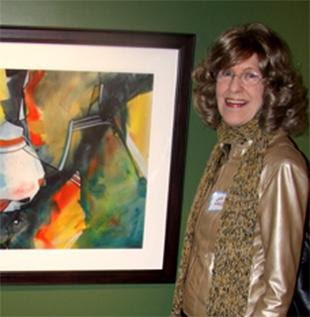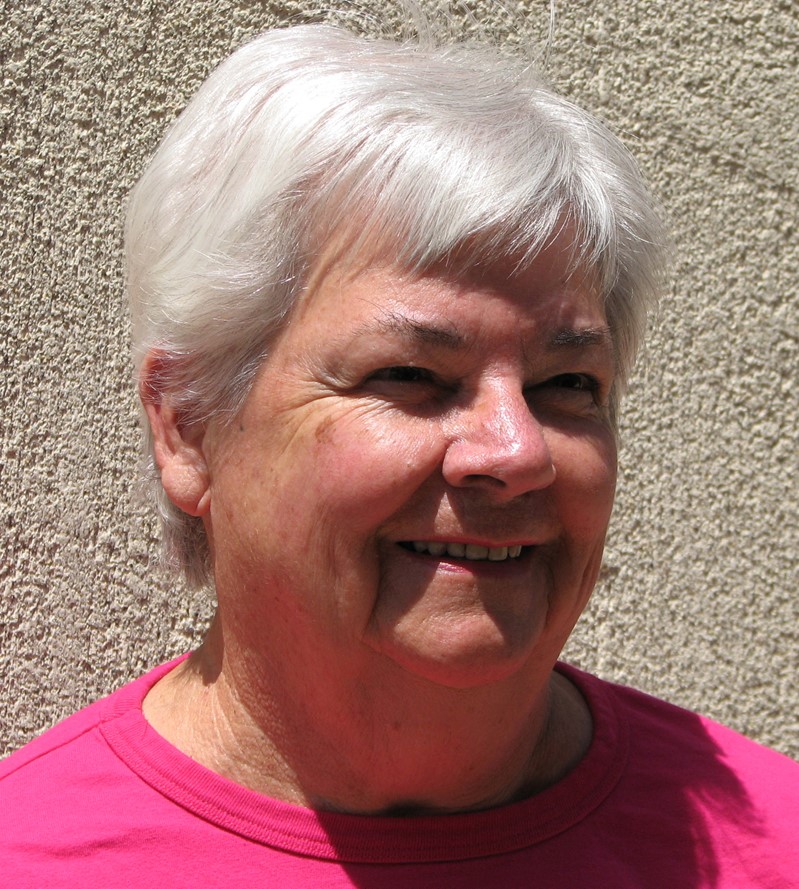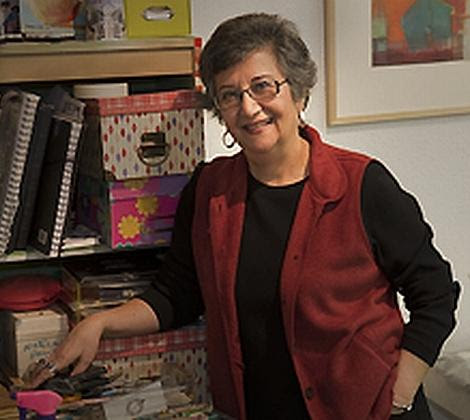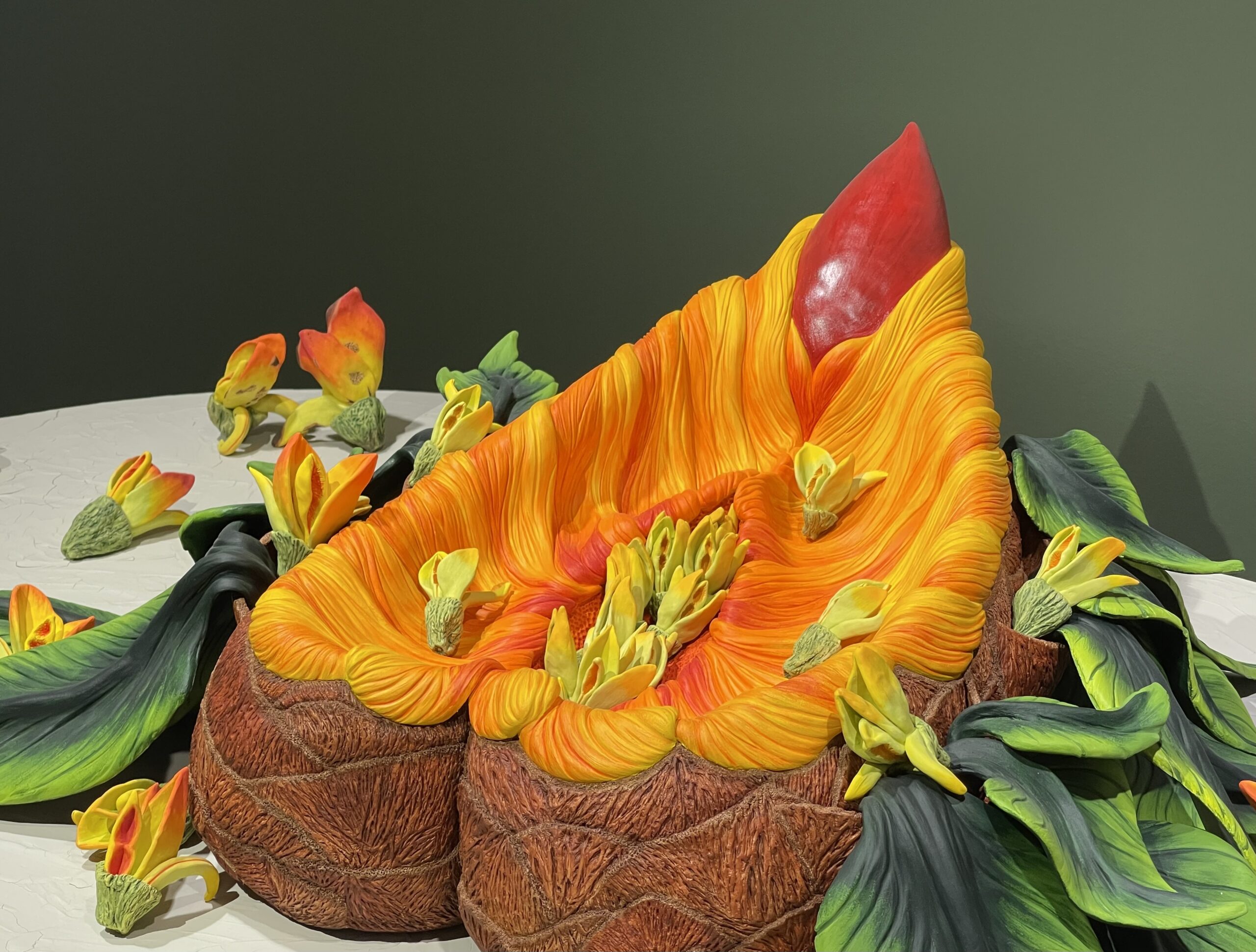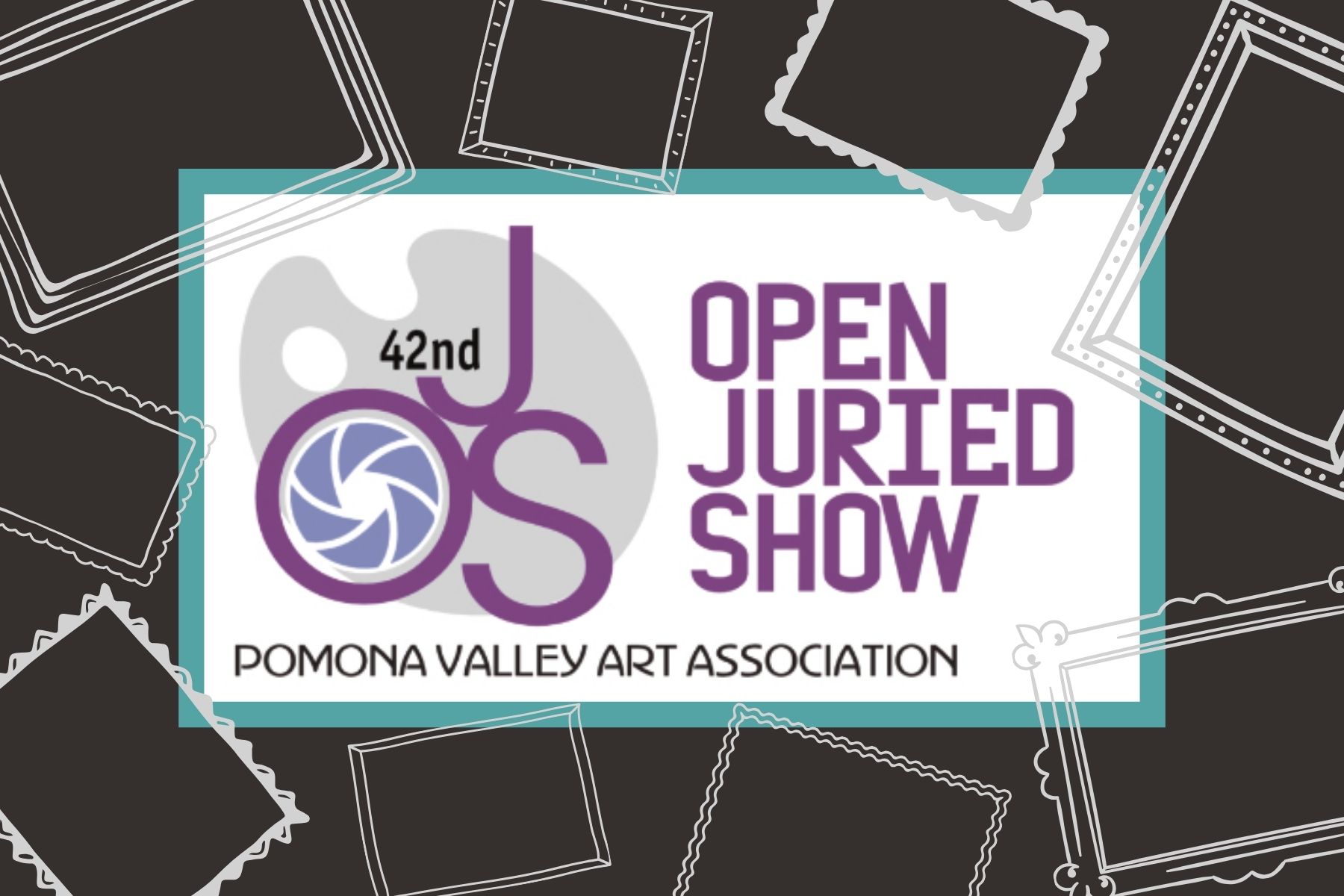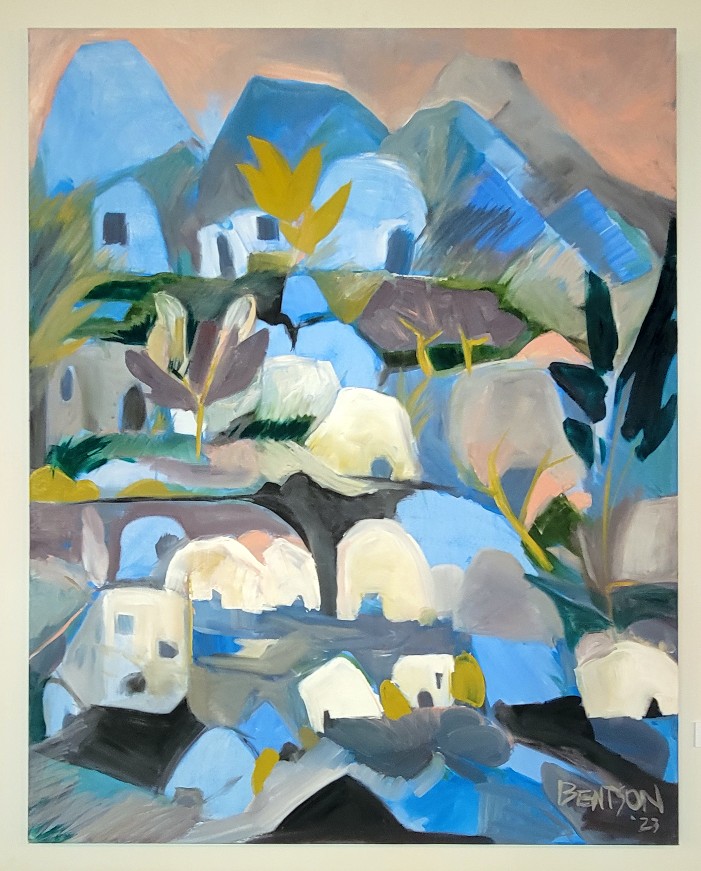Harrison McIntosh (1914–2016), a famous ceramic artist, was a leading figure in the midcentury modern movement. He created and refined elegant artworks “over the course of his long and immensely distinguished career.” 1
Born in Vallejo, California, Harrison moved with his family to Stockton, where he took art classes at the local museum. He and his brother, Robert, were given instruction and support by a local artist, Arthur Haddock (1895–1980). The family then moved to Los Angeles, where Harrison and his brother attended the Art Center School in Pasadena (now Art Center College of Design). McIntosh was drafted into the Army in 1943 but was discharged to care for his critically ill wife, Mary Stafford, who passed away in 1948.
MacIntosh first encountered ceramics at USC in a class taught by Glen Lukens (1887–1967). Lukens had won first prize at the Fifth National Ceramic Exhibition of 1936, recognition that “put the burgeoning Southern California ceramic community in the limelight.”2 The postwar period was a time of great transformation among Southern California artists.3 McIntosh studied at the Claremont Graduate School between 1948 and 1952 on the G.I. Bill. He was influenced by Richard “Rick” Petterson (1911–1996), recently hired by Millard Sheets as an assistant professor at Scripps, known for empowering each student to develop his or her own style. Petterson, who assumed the role of director of arts and crafts at the LA County Fair, was responsible for the ceramic exhibits at the fair.
McIntosh became friends with fellow ceramicist Rupert Deese (1924–2010), and they opened a joint studio on Foothill Boulevard in Claremont. McIntosh was also close friends with Karl Benjamin and Sam Maloof; the Maloofs purchased five pieces by McIntosh as early as 1955. Around this time, McIntosh met his second wife, Marguerite, who came to the Pomona Valley from France on a Fulbright fellowship. She taught at Mt. San Antonio College while working with her husband on projects for the Mikasa Corporation. McIntosh’s studio, located near Sheets’ in the Padua Hills, provided a tranquil setting, where McIntosh created a body of beautiful ceramic vessels. His style was consistently inspired by the simplicity and elegance of midcentury modernism as well as traditional Japanese pottery. His works were unlike the more emotionally evocative pieces by ceramicists such as Paul Soldner (1921–2011) and Peter Voulkos (1924–2002), who were influenced by abstract expressionism.
McIntosh’s career spanned over sixty years, during which he had forty-three solo exhibitions. He is represented in more than forty collections globally, ranging from nearby Scripps College to the Musée National de la Ceramique in France to the Kiushu Museum in Japan. As Mike Ward noted in the Los Angeles Times, his works were also very popular locally, often sold through the Louis Newman galleries in Beverly Hills.4
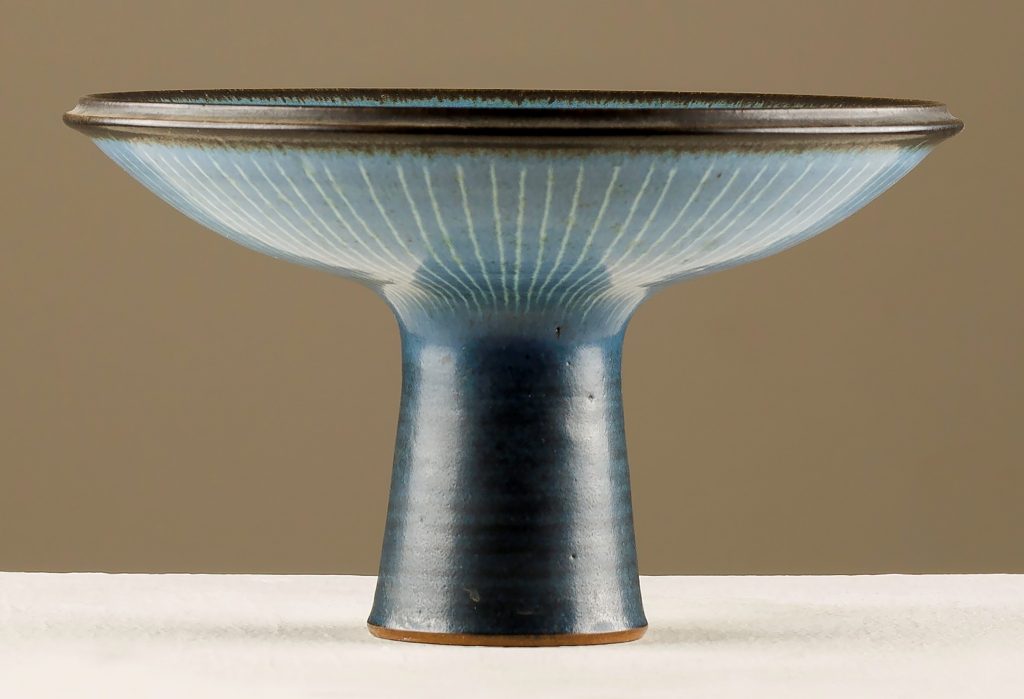
Gift in memory of Marj and Glenn Thomas
The sgrafitto ornamentation of this bowl, characteristic of McIntosh’s restrained, elegant style, was created by using a copper/cobalt oxide engobe brushed onto the hand-thrown bowl. The white sgrafitto lines, precisely incised into the dry clay with a metal stylus, demonstrate McIntosh’s expert craftsmanship. A matte glaze was then sprayed on and the piece was fired.
The shape of the shallow bowl recalls a Greek kylix, a footed bowl used as a wine cup at symposia. Greek kylixes were often decorated on the inner surface with painted scenes. Here, McIntosh uses a beautiful blue glaze covering the entire interior surface. The darkened edge is an elegant touch that defines the circumference. The bowl could be used for holding things, but it fulfilled McIntosh’s primary goal of creating a work that “would be an object unto itself.”5
Footnotes
- Harold B. Nelson, The House that Sam Built: Sam Maloof and Art in the Pomona Valley, 1945–1985 (San Marino, Calif.: Huntington Library, 2011), 148.
- Johnson, Christy, Common Ground: Ceramics in Southern California, 1945-1975 (Pomona, Calif.: American Museum of Ceramic Art, 2012), 18.
- Ibid.
- September 23, 1982
- Quoted in Nelson, Sam Maloof and Art in the Pomona Valley. 148.
